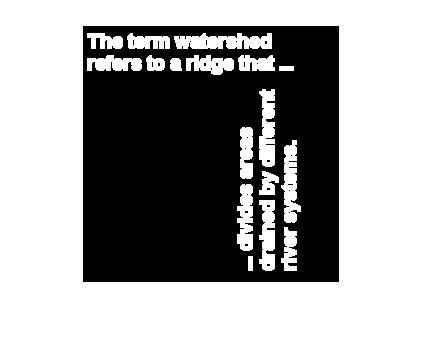bwpack
Pack binary image
Syntax
Description
Examples
Input Arguments
Output Arguments
Tips
Algorithms
bwpack processes the input image pixels by column, mapping groups of
32 pixels into the bits of a uint32 value. The first pixel in the first row
corresponds to the least significant bit of the first uint32 element of the
output array. The first pixel in the 32nd input row corresponds to the most significant bit of
this same element. The first pixel of the 33rd row corresponds to the least significant bit of
the second output element, and so on. If BW is
M-by-N, then BWP is
ceil(M/32)-by-N. This figure illustrates how
bwpack maps the pixels in a binary image to the bits in a packed binary
image.


